The transition to a toddler bed is one of the most dreaded transitions in the child sleep world. There is nothing more startling than putting your toddler to sleep in their crib and waking up to to them… not in their crib. Wait, what?! How did that happen?
You panic, realize that your toddler has just climbed out of their crib for the first time, and now the world is officially ending because you have no choice but to transition them to a toddler bed. Good news! The world isn’t ending, I promise! When carried out properly, this transition really isn’t bad at all!
In this post I am going to uncover how you know it is time to transition to a toddler bed, signs that it is not time to move out of the crib yet, and how to make the transition to a toddler bed, when the time comes.
SIGNS IT IS TIME TO TRANSITION TO A TODDLER BED
In an ideal world, your child will stay in their crib as long as humanly possible. Most children end up making the transition to a toddler bed around 3 or 4 years old, but this isn’t true for every child. Some make the transition much earlier, while others much later.
They Climb Out
A tell-tale sign that it is time to make the transition to a toddler bed is when your child is able to climb out of their crib. I know that it can be tempting to want to keep them in the crib longer, but no matter what age your child is, it is safest for everyone that they move to a toddler bed or a mattress on the floor at this time.
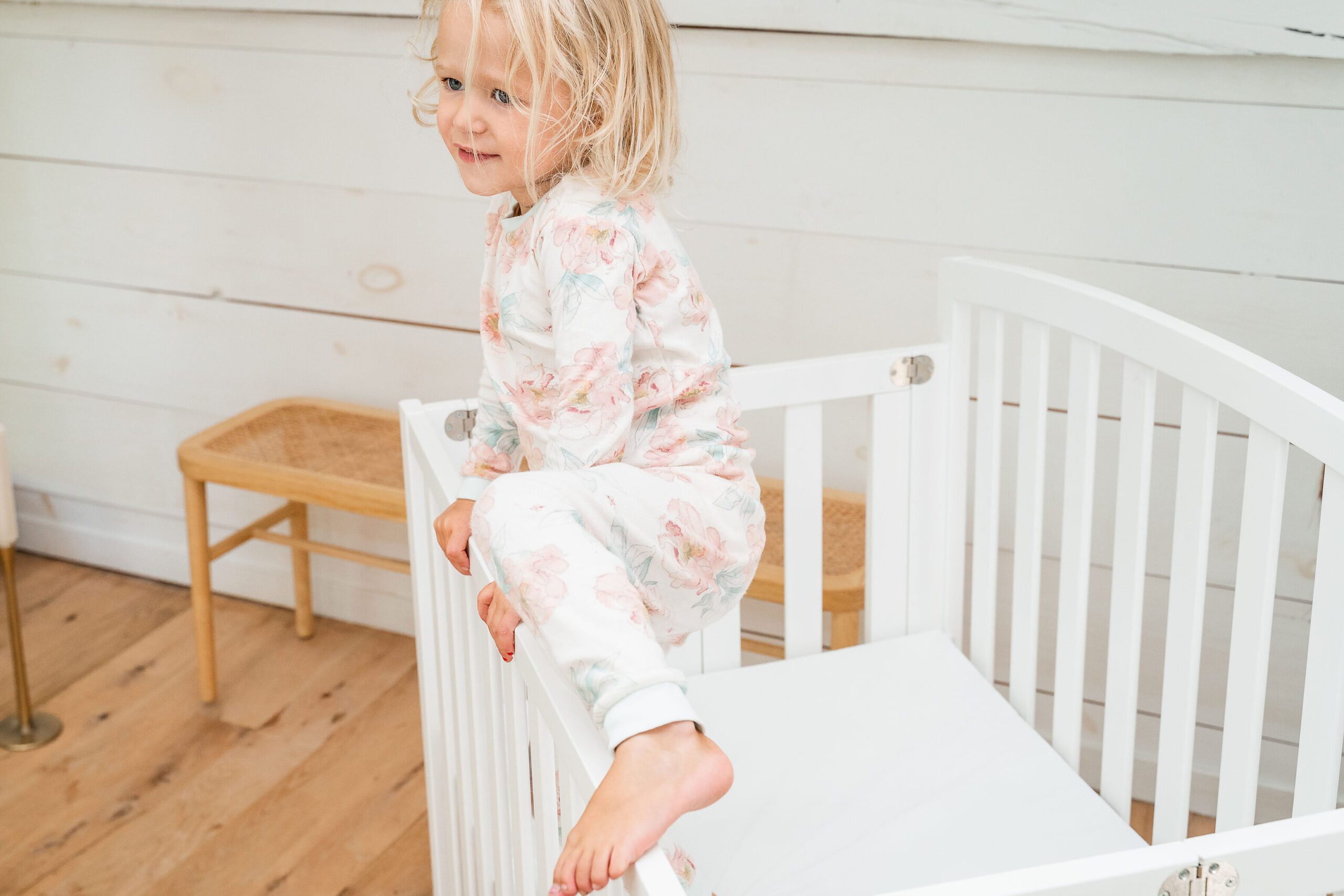

There is one hack that you can try to prolong the time spent in the crib, but it doesn’t work with all cribs. If your crib allows, you can remove the supporting frame for the mattress and drop the mattress all the way to the ground. It’s possible that the few extra inches will give you a couple of weeks to months until your child is able to climb out again.
They Really Want To Move To A Toddler Bed
Maybe your child has really shown interest in making the transition to a toddler bed. Perhaps they’ve mentioned several times that they want to sleep in a big kid bed. This would indicate that your child could understand and handle the expectation to stay in the bed.
NOT A SIGN TO TRANSITION TO A TODDLER BED
Your Child Is Old Enough
Moving your child out of their crib because you feel like they are too old to be sleeping in a crib is not a good enough reason to make move them to a toddler bed. If your child is not climbing out of the crib or verbally showing signs of readiness, then they are not ready to move out of their crib. Many kids take comfort in their crib and moving them to a toddler bed before they are ready will result in unnecessary disrupted sleep for the whole family. Children are intuitive, follow their lead!
HOW TO MAKE THE TRANSITION TO A TODDLER BED
Set Expectations
It is important to realize that transitioning your child to a toddler bed will provide them with the most freedom they’ve ever had – they will get in and out of their bed for no other reason than because they can. The best thing you can do during this transition is to set expectations.
Start the conversation early and have it often. Let them know that they are a big kid now, so they will be sleeping in a big kid bed! Explain to them that they will need to stay in their bed until it is time to get up in the morning because that’s what big kids do. Setting expectations is one of the most important things you can do when it comes to toddlers (this doesn’t just apply to sleep).
Follow Through
It’s one of the hardest parts, but you have to do what you say you are going to do. If you give a toddler an inch, they will take a mile. For example, if your child gets out of their bed at 4:30am and throws a fit because they don’t want to get back in bed, so as a last-ditch effort to get a few more minutes of shut eye, you plop them in front of the TV, you have lost. You can expect this to become your new norm unless you quickly shut it down.
Lock The Door
Once you transition your child to a toddler bed, you might want to consider restricting your child’s access to the rest of the house. Some options might include locking the door, putting up a baby gate, using a doorknob protector on the inside of the door, or using a product like the door monkey or the door buddy.
Locking a child in their room is not meant to be a form of torture. It is in the best interest of everyone’s safety. The last thing you want is a toddler wandering aimlessly around your house in the middle of the night.
Or Don’t…
I get it – locking the door isn’t for everyone and there are successful ways to make this transition without “locking” your child’s door. Again, setting expectations will be key here. If you do not feel comfortable locking your child’s bedroom door, you will want to practice what’s known as the “walk back” technique. To carry out this technique properly, you will need to walk your child back to their room every time they leave. This could lead to walking them back upwards of 100 times for them to get the point, but it is of the utmost importance that you stay consistent if you want to see successful results.
In Summary
Transitioning to a toddler bed can be difficult for both parents and their child, but it doesn’t have to be a dreaded one. Make sure that your child is ready before making this transition. Signs of readiness include climbing out of the crib or showing interest in a toddler bed. Once you commit to the transition, go all in. As with everything for toddlers, setting expectations will lead to quicker success. You cannot veer from these expectations, or you will be back at square one.
The safest and fastest way to make this transition will be to lock your child’s door, which will prevent them from wandering out of the room, but there are ways to successfully make this transition without locking the door. Of course, every child is different – some children will have no issues making this transition, while others may take up to 2 weeks to get used to staying in their bed.
Stay consistent and don’t give up! The important thing to remember is that with a little practice and confidence they can do it!








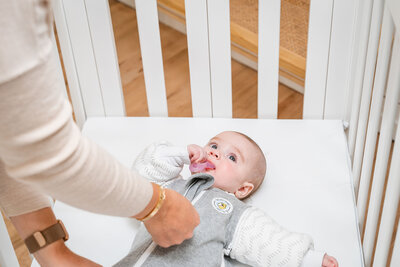
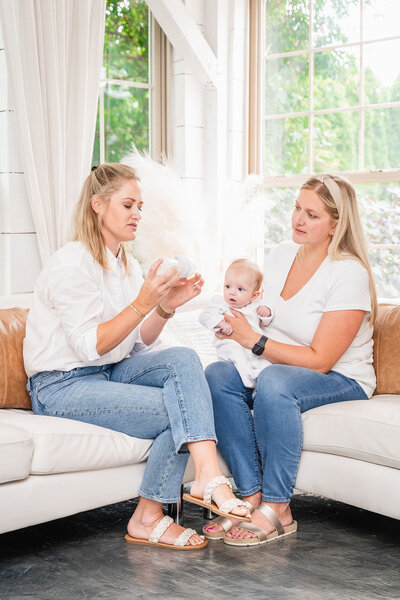
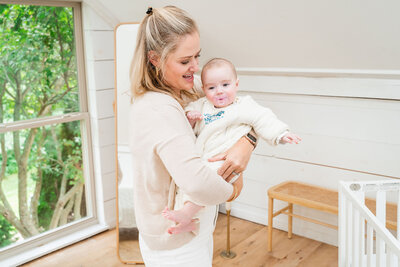
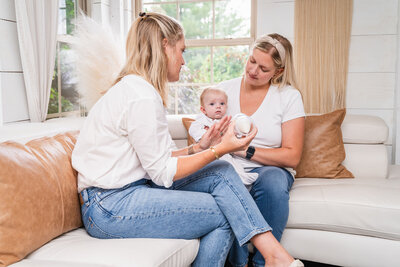
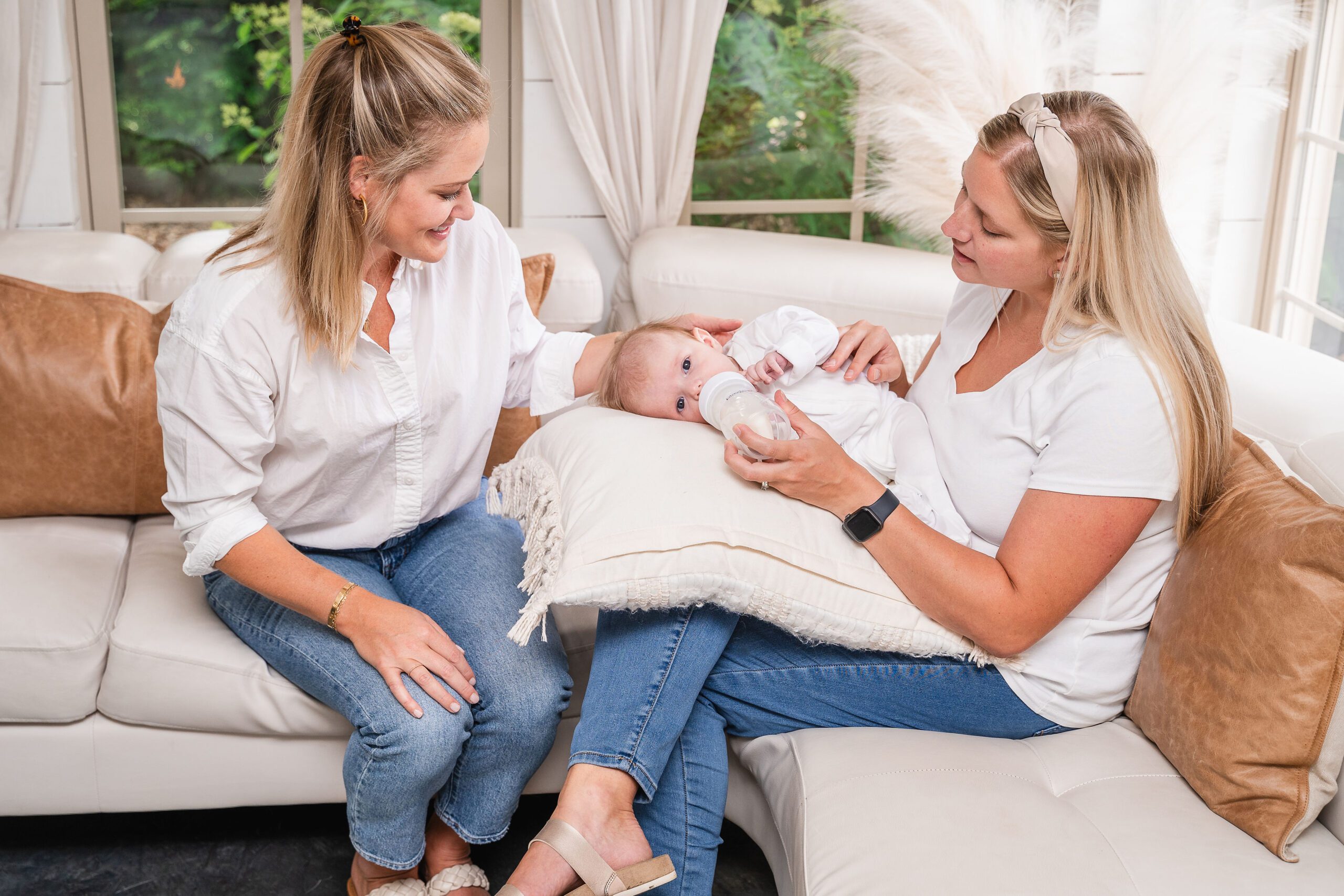
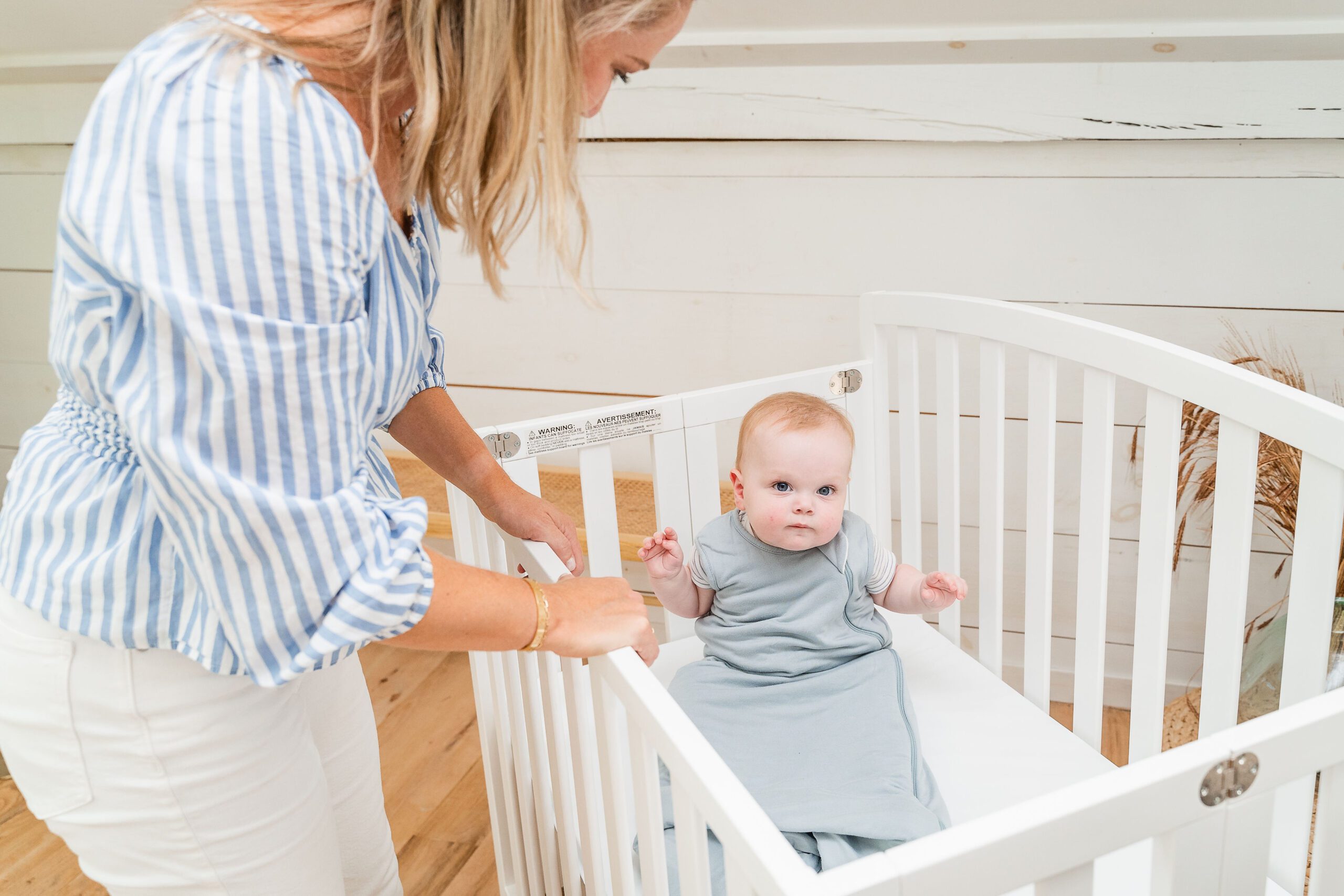


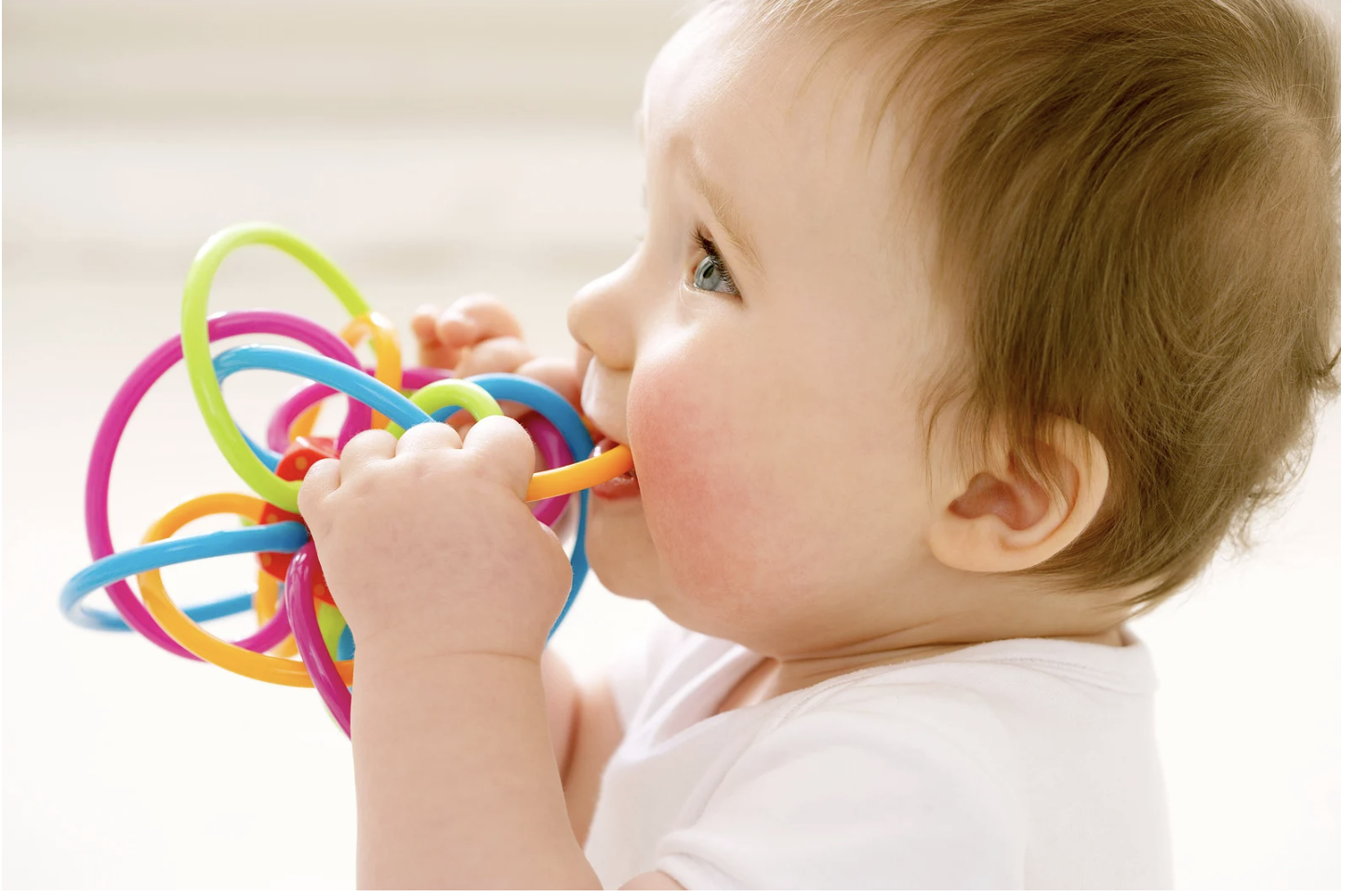
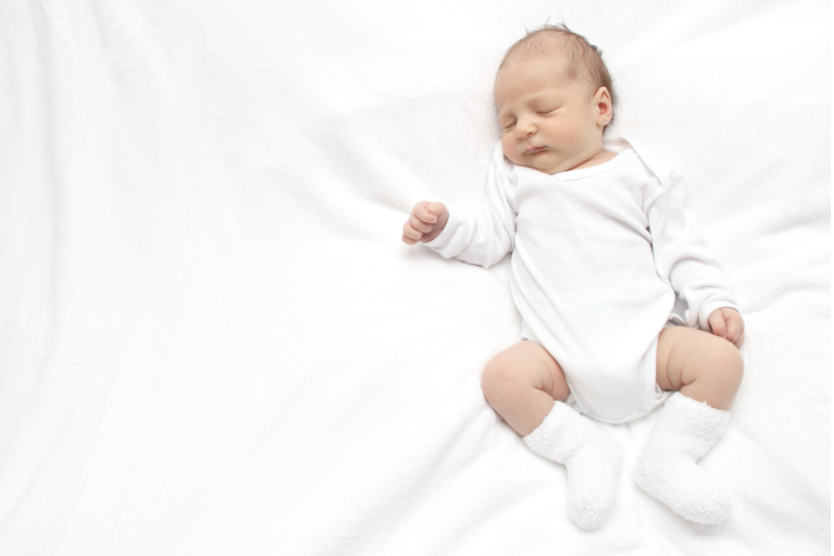



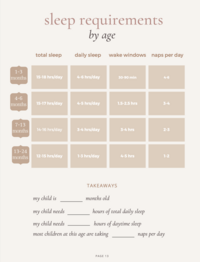

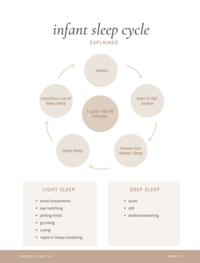



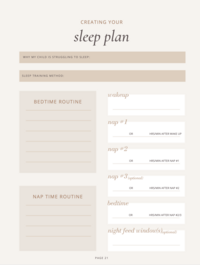
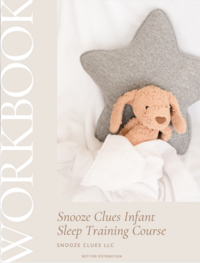
Read the Comments +